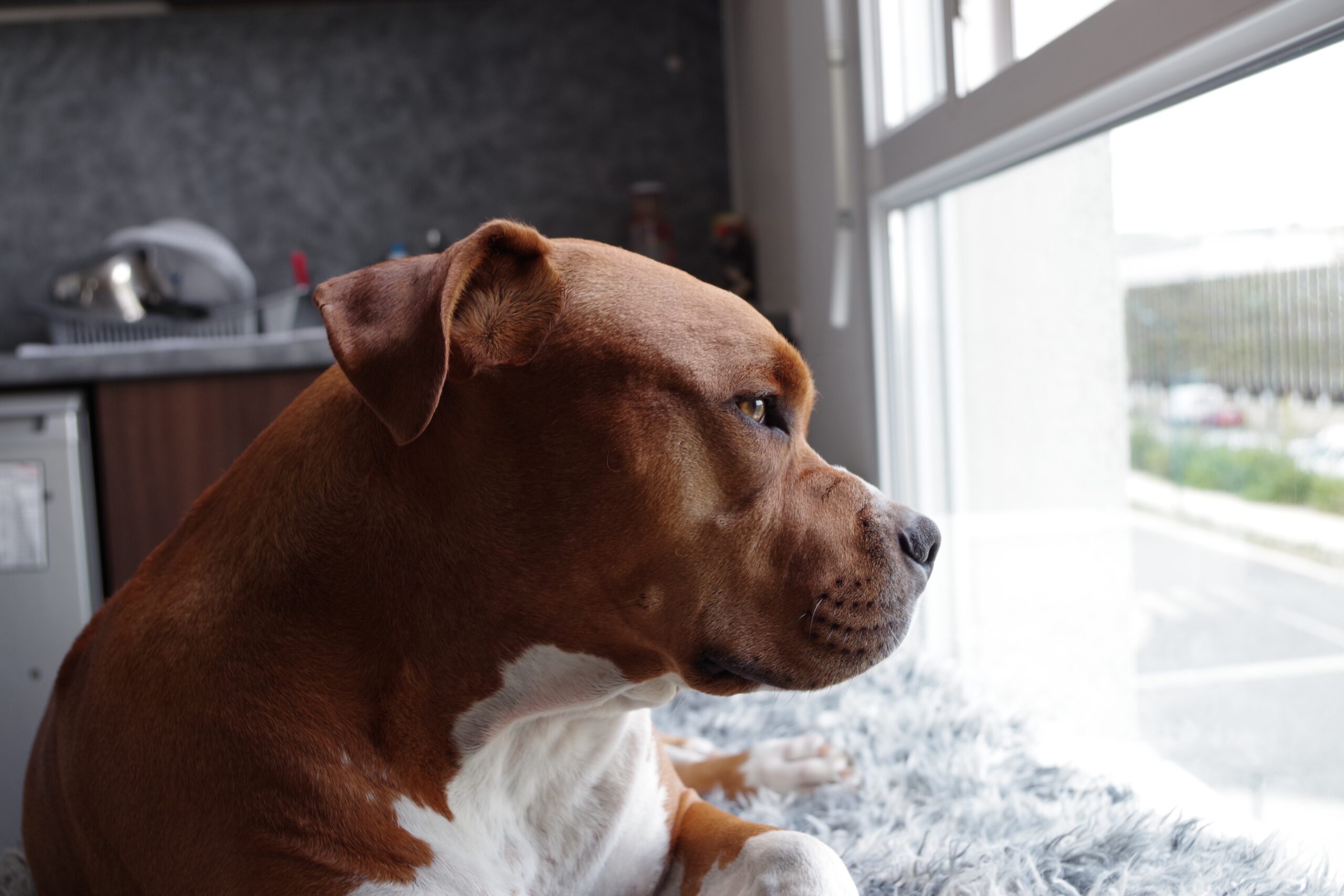Did you know that around 40% of dogs suffer from separation anxiety? Your dog doesn’t like to be left home alone; that’s why, sometimes, they might have a somewhat destructive behavior.
If you want to know what it is and how to combat separation anxiety in dogs, read on. In this article we give you all the details so you can find out if your dog has separation anxiety and how to treat it.
What is Separation Anxiety?

In dogs, separation anxiety is a state of stress that your dog can reach when they don’t have access to you. This does not mean that they feel a dependence on you, but that they are unable to manage loneliness.
You are their reference and guide. They know that you provide them with protection, that you are their safe zone. Therefore, when you leave, your dog may not be able to cope with the situation. Then stress, frustration, fear and anxiety appear. This causes unwanted behaviors, among other symptoms.
Several types of degrees of separation anxiety can be detected in dogs:
- Type A: occurs to dogs that have been separated from their mother and siblings too prematurely. The best age to adopt a dog is 3 months.
- Type B: it occurs in dogs that have been separated from their owners for a prolonged period of time. For example, during a vacation, a move or if their reference figure dies.
- Type C: occurs after the dog has suffered a traumatic or negative experience while alone. It appears only when the stimulus that frightens the dog appears.
Symptoms of Separation Anxiety

You can suspect that your dog suffers from separation anxiety if you observe behaviors that are not normal for him. We can distinguish productive symptoms and deficit symptoms. Among the productive ones, we find:
- Destructive behavior. It is perhaps the first symptom that crosses your mind. When left alone at home, the dog may destroy objects, furniture or scatter garbage.
- Doing its needs inside the house. If your dog is well trained and never urinates or defecates indoors, this unusual behavior may be the key to wonder if something is wrong.
- Excessive barking. The dog cries, whines and may even howl, although this depends on the breed.
- Vomiting and diarrhea. These symptoms occur in the most severe cases of anxiety.
As for the deficit symptoms, a dog that develops separation anxiety when alone might:
- Not drink.
- Not eat anything.
- Ignore his toys.
Tips for fighting anxiety
To treat separation anxiety in dogs, it is necessary to identify the cause. It is necessary to act on the cause of the problem. It is also a good idea to work on the symptoms in order to reduce the anxiety. Generally, treatment includes:
- Dog behavior modification techniques.
- Medication with drugs or pheromones.
Behavior modification techniques are not easy to apply. It is recommended that in the most severe cases, you go to a specialist. The following are the guidelines to treat separation anxiety in dogs:
- Modify your relationship with the dog. If your dog is unable to manage their loneliness, do not reinforce it. Don’t pay attention to them until they are calm. Don’t go back into the house if they start crying, even if you want to, as this will reinforce this behavior.
- Make your outings predictable. Get your dog used to reading the signs that you are going out. For example, put on a coat or jacket, get your keys… If your dog can foresee that you are going to leave, he can stay relaxed and calm as long as you don’t give any clear signs that you are leaving.
- You can make several small outings several times a day. At first you can make false starts, where you don’t actually go anywhere, it’s just part of your dog’s training. Gradually you can increase the duration of the outings.
- Leave stimuli in the dog’s environment while you are not at home. Leave some light on, toys or treat dispensers or food.
- You must be very patient and constant. Correcting separation anxiety in dogs is not an easy task. If you find yourself overwhelmed, go to the veterinarian’s office and seek help from a canine anxiety specialist.
As you can see, separation anxiety in dogs is something that can happen to your dog. Try to correct that anxiety if you detect that the cause is separation. If in doubt, always consult your veterinarian. Do not punish them or confine them in their carrier. With patience and a lot of affection you can make your dog overcome their fears.

